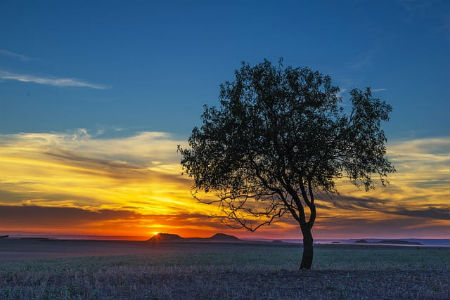Mesquite Trees in Arizona Desert

Mesquite trees are some of the best desert trees. They have adjusted over the years to living well in the desert landscapes in Gilbert. According to the Forest Service mesquite trees can easily live for more than two hundred years. To help keep them healthy and looking beautiful it is a good idea to trim them yearly. Thinning tree canopies is a skill we do daily and Gilbert tree trimming is easy to schedule service with us. When a tree needs to be removed along with stump grinding our gilbert tree service scheduling is easy and we accommodate all types of properties.
Mesquite Tree Types
The different types of mesquite trees in Gilbert can survive in areas that receive very scarce rain because of their far-reaching root system. These long winding roots of a mesquite tree reach out a great deal farther than its canopy. Additionally, they have some smallish leaves that are waxy feeling to the touch that tend to keep the valuable hydration that is usually lost through transpiration in the high desert heat. Mesquites are not the only types of trees that do well in Gilbert. Go here for a list of some of the most popular trees in gilbert arizona.
Mesquite trees are simple to identify. They often look almost like a huge fern or thorn bush. They can reach a height of thirty-five feet. The average height of a wild mesquite tree growing Arizona’s deserts is about half that size. Almost all the species of mesquite trees have thorns of some kind, which can either be extremely sharp.
Prosopis glandulosa – The honey mesquite also commonly called the Texas Mesquite have a weeping look to the branches and can also be quite curvy and stunning.
Prosopis velutina – The Arizona mesquite is a native mesquite to Arizona. It is also called the velvet mesquite. They have soft hairs that cover the young branches. As these will grow easily in residential yards and also on golf courses, they are very popular. They can often be rather droopy and tangled in look and are popular in nurseries.
Prosopis pubescens – The screwbean mesquite. It got its name likely from the twisted and coiled figure of their yearly seed pods.
Mesquite Tree Care
Mesquite trees in and around Arizona do not need much work to keep alive. The mesquites growing around residential neighborhoods can use a little extra care during those super-hot summer seasons or times of prolonged drought. Sun scorch is one of the very few issues that can pester mesquite trees planted as part of the landscaping. They are not as susceptible to this as are citrus and other fruit trees in Arizona. Infrequent but deep watering and regular periodic fertilizing will greatly help to make sure that the mesquites around our homes do not become diseased.
Sun-scorch on mesquite trees in Gilbert can easily be avoided but once it happens in cannot be reversed. Reflective paints on the most susceptible branches will help to minimize a mesquites sun damage to its branches. If any of the branches already damaged it is best, they be cut back to healthy tissues. The best method to avoid sun-scorch is to cultivate and encourage a lot of leafy growth for shading to secure the tree during the hotter part of the year. Also, good watering schedules and light fertilizing will greatly help.
Best Time to Fertilize Mesquite Trees
Fertilize well in the spring and provide plenty of ammonium sulfate. Unless the tree is already fed by a drip irrigation system water them deeply every 2 months from early spring to early fall. Avoid deep watering throughout this duration if the monsoons bring enough water.
Mesquite Tree Issues
Even if the tree has a lot of leafy growth at the top of the canopy and has a green crown, it might still be in trouble or facing diseases because the tree branches or tree trunk can be structurally weak. There are several tree illnesses that are typical throughout most tree types. Tree removal sometimes needs a permit so make sure you have this in order prior to you have the tree felled.